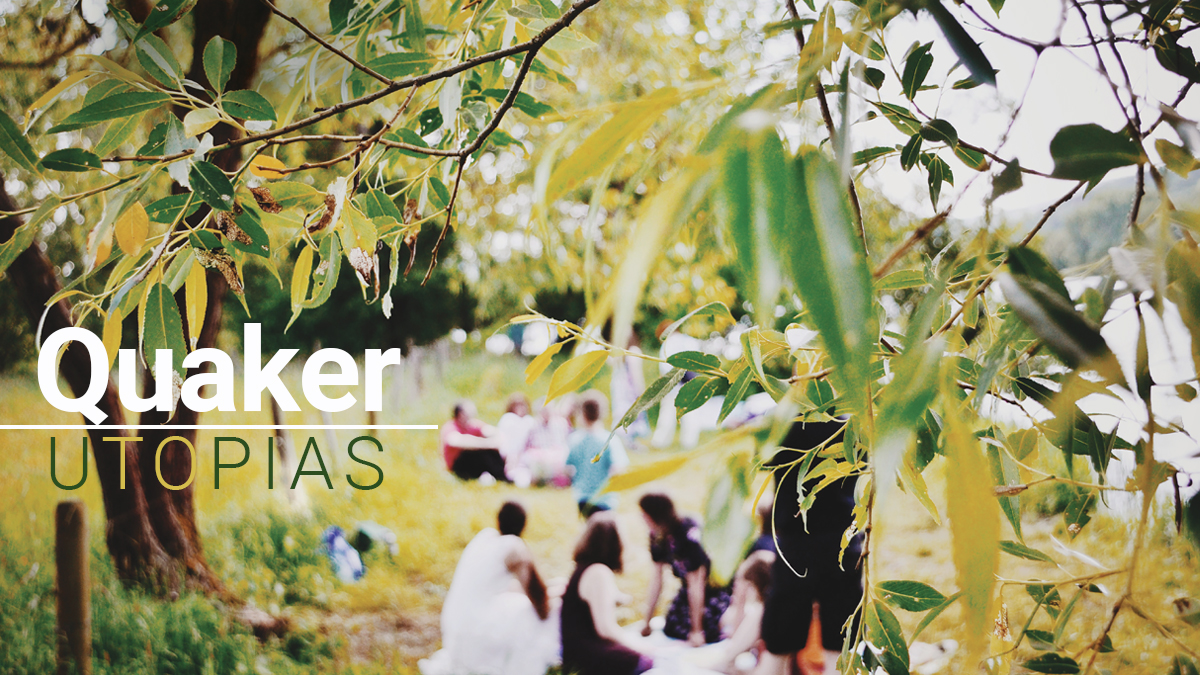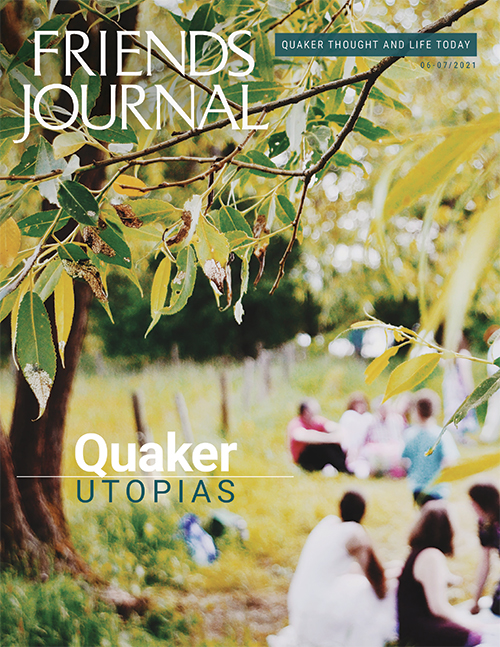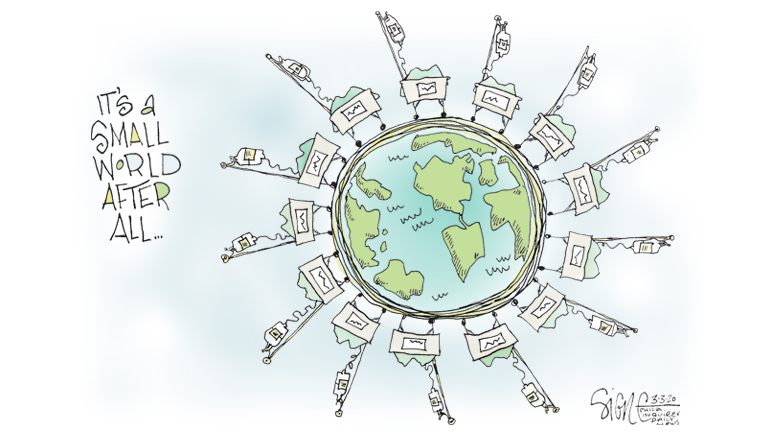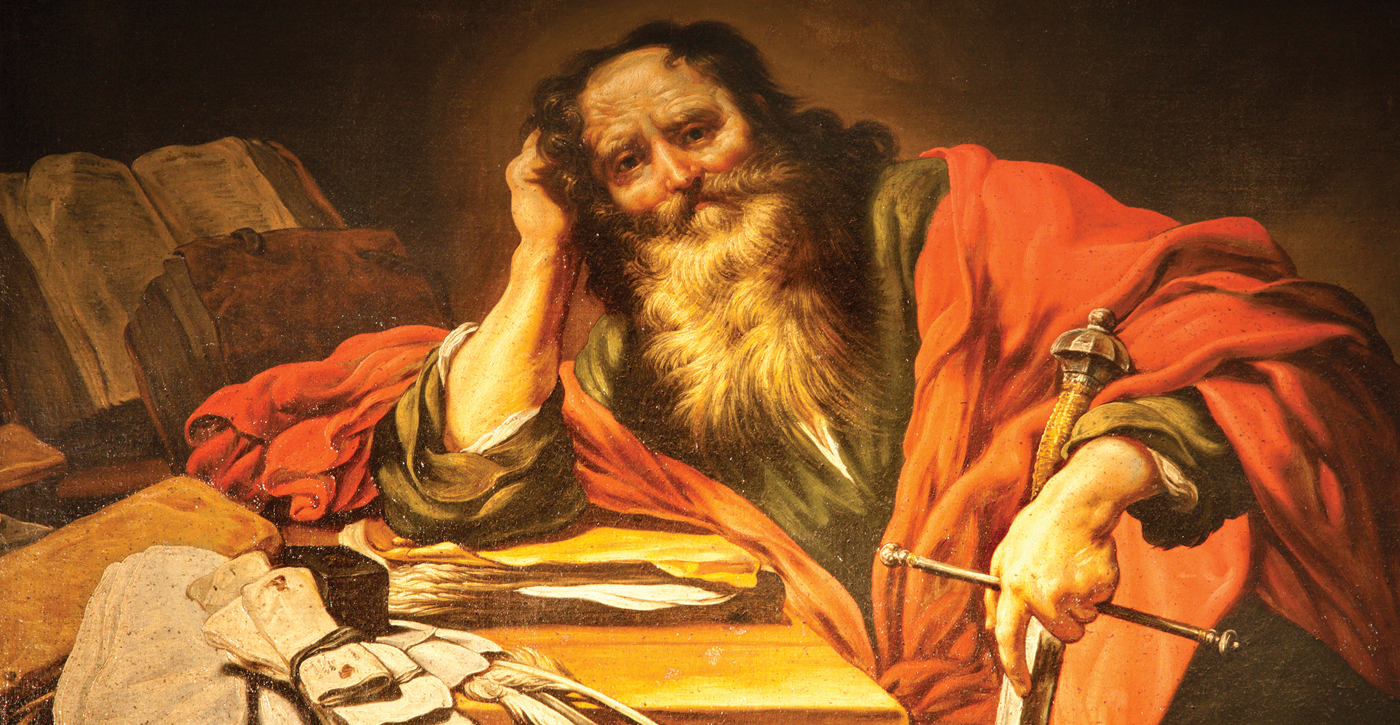In the summer of 1652, so the story goes, a spiritually sensitive 27-year-old wanderer marched up Pendle Hill in Lancashire, England. While not terribly high, the ridge at top affords a sweeping view of the countryside below. It was there that the young George Fox had a vision of a great people to be gathered. It’s deep in our Quaker DNA to be that “gathered people,” and it often comes out in quirky ways: when William Penn founded his colony he gave its capital city an ungainly Greek name he cribbed from the Book of Revelation and later wrote effusive poetry about it.
A little over three centuries after Fox’s hike, I myself walked into a Friends meetinghouse looking for a people—if not great in size, then at least gathered deeply together. I was idealistic and had settled on pacifism and integrity as personal codes of conduct. I sensed a groundedness in the Friends I met and sought a deeper community to explore my questions.
Quakers have always been keen about finding life adventures that transcend the nuclear family or secular town. Our faith is meant to be lived, and experiments with community have long been a part of that.
In this issue, Derek Brown goes furthest back in time to look at the original Utopia, the literary island imagined by the staunch Catholic Thomas More in a 1516 political satire. Brown teases out ways in which More’s work anticipated the emergence of a prophetic Quaker utopianism.
That prophetic impulse is picked up by Stuart Masters, who looks at how the first generation of Friends took the New Testament as a blueprint to build a new kind of spiritual community. More amusingly, Thomas Hamm gives us the story of the Society for Universal Inquiry and Reform in the 1840s. Coming out of the antislavery movement and dedicated to women’s rights, they believed in a radical egalitarianism and their towns had no government, no bosses, no creeds, and no private property. Spoiler alert: it didn’t last too long. But the impulses that inspired it and its legacy continue in surprising ways.
Today’s Quaker experiments are more likely to be intentional communities, and we examine two long-running examples. Jennifer Higgins-Newman and Nils Klinkenberg write about Beacon Hill Friends House, a community that dates back to 1957. Former Friends Journal editor Robert Dockhorn looks to the Pennsylvania community he grew up in, Bryn Gweled, established in 1940 by a group made up mostly of Philadelphia-area Quakers. The ways both of these communities have evolved to balance Quaker values with a hospitality to non-Friends is inspiring.
Have Friends given up on large-scale utopias? Perhaps we’ve learned the dangers of blinded idealism: the poetry-writing Penn enslaved around a dozen African people, and Fox’s immediate family enslaved hundreds more; idealistic movements such as penitentiary reform, Indian boarding schools, and eugenics studies didn’t turn out well. Still, the intimate communities that we have built and the hospitality we share continue to be an integral part of what it means to be a Friend.






Comments on Friendsjournal.org may be used in the Forum of the print magazine and may be edited for length and clarity.